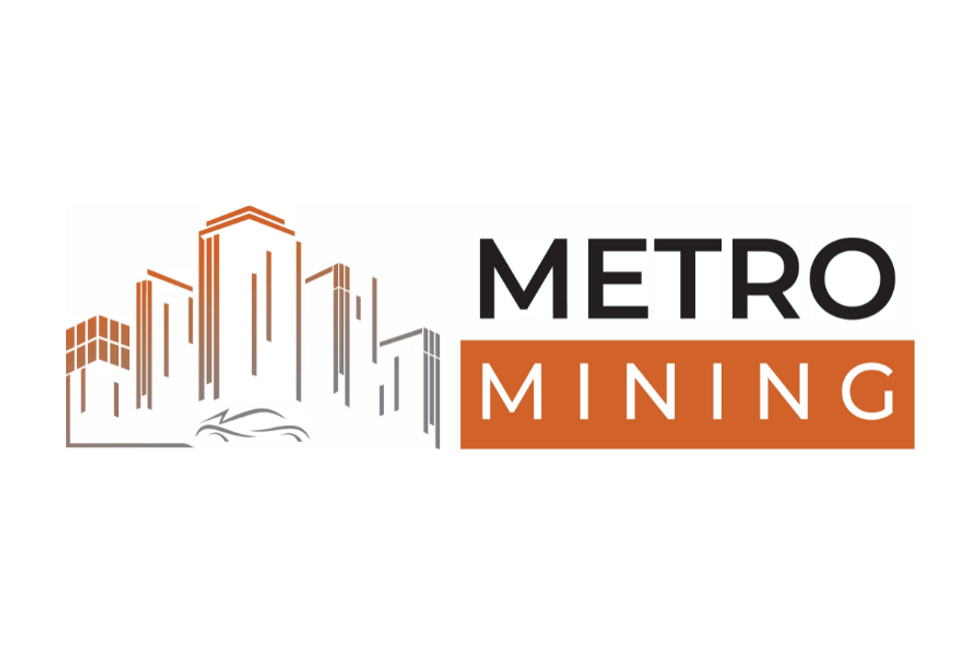What Does the Alcoa Split Say About the Aluminum Industry?

Alcoa has decided to divide its struggling raw metals business from its lightweight automotive and aerospace parts production business.
Alcoa (NYSE:AA) reported at the end of September that it has decided to split into two independent public companies: a competitive upstream company that will focus on bauxite mining, alumina refining and aluminum production, and a “value-add” company that will produce lightweight metals for its growing aerospace and automotive businesses.
The decision, which is part of a planned multi-year transformation for the company, will see the raw metals side of the business keep the Alcoa name. The other company will be named when the transaction closes, but has been dubbed the “value-add” company in the meantime.
The Wall Street Journal has called the split, “one of the most dramatic corporate consequences of the commodities bust driven by a slowdown in Chinese economic growth.” The news outlet notes that China’s excess aluminum and steel has led the Asian nation to ship metals abroad, causing trade friction and further depressing markets.
Value-add company
Already, prospects for the value-add company seem good. Alcoa said when announcing the split that pro-forma revenues for the value-add company for the 12 months through to June 30, 2015 came to $14.5 billion, with approximately 40 percent of that amount coming from the aerospace market.
Alcoa also expects the value-add company to capture demand for aluminum-intensive vehicles through its recent rolling mill capacity expansions and the commercialization of technologies like its Micromill technology. “Automotive revenues are expected to increase 2.4 times from 2014 to $1.8 billion in 2018. Additionally, the Value-Add Company will be an unparalleled leader in aluminum commercial truck wheels and will hold the number one market position in North American architectural systems,” as per the press release.
Raw metals company
With the aluminum market in oversupply, increasing Chinese aluminum exports and a falling share price — Alcoa’s share price is down 34.07 percent year-to-date — it might seem obvious why the company is splitting. However, Chief Executive Klaus Kleinfeld, who will become CEO of the value-add company, told The Wall Street Journal that the decision had nothing to do with the slumping aluminum price.
“You can’t pin this to the aluminum price,” he told the publication. “The bauxite-mining and alumina-refining are in really good shape.”
And indeed, the raw metals side of the business saw revenues of $13.2 billion for the 12 months through to June 30, 2015. Still, Alcoa has taken measures to cope with weak prices in the past by closing smelters and stopping production at refineries to focus instead on the downstream aerospace and automotive product sectors. In fact, the company has closed, divested or curtailed 33 percent, or 1.4 million tonnes, of its total smelting capacity since 2007.
Interestingly, if troubles do end up plaguing the raw metals business, it’s possible the value-add company will suffer. Besides deciding on a name for the value-add company, Kleinfeld must decide how much the two companies will cooperate. In any case, for now Alcoa is doing well. At close of day Monday, the company’s share price was up 9.41 percent, at US$10.41. It has gone up 14.72 percent since the news of the split.
Global aluminum glut expected to continue
It’s no secret that the aluminum price hasn’t performed very well in 2015. Unfortunately, the aluminum price outlook for the rest of 2015 isn’t looking much better, and many experts and analysts aren’t positive heading into the future.
For instance, Macquarie Research said in its recent “Commodities Compendium” report that the metal’s low price is largely due to high global aluminum stocks — stocks of the metal are expected to exceed 20 million tonnes in 2019 as supply continues to outgrow demand.
With that in mind, it’s perhaps heartening that Alcoa is taking steps to protect itself. While of course Kleinfeld has said that the metal’s low price was not the cause of the split, market watchers seem optimistic that the move will be positive for the company overall.
Securities Disclosure: I, Kristen Moran, hold no direct investment interest in any company mentioned in this article.
Related reading:
Alcoa Invests $60 Million in 3D Printing Technology
